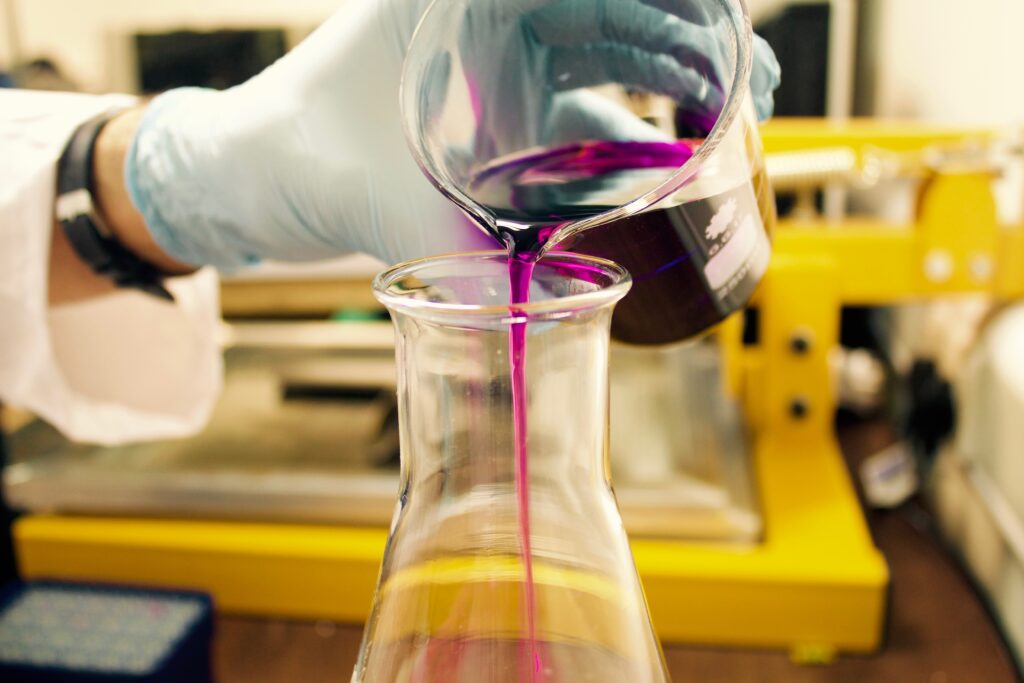Chlorosulfonic acid is a highly reactive chemical compound widely used in various industries, such as pharmaceuticals, agrochemicals, dyes, and specialty chemicals. Its unique properties make it a crucial ingredient in many manufacturing processes. As a result, the price of chlorosulfonic acid price can have significant implications for businesses and consumers alike. In this blog, we will delve into the factors that influence chlorosulfonic acid pricing and explore the current market trends.
1. Supply and Demand Dynamics
Like any commodity, the price of chlorosulfonic acid is greatly influenced by the balance between its supply and demand in the market. Fluctuations in the production of raw materials, changes in manufacturing capacities, and shifts in end-user demands can all impact the overall availability of chlorosulfonic acid. When the supply outweighs the demand, prices tend to decrease, while scarcity can drive prices upward.

2. Raw Material Costs
The cost of raw materials used in the production of chlorosulfonic acid plays a crucial role in determining its final price. Sulfur trioxide and chlorine gas are the primary components required to manufacture chlorosulfonic acid. Therefore, any fluctuations in the prices of these raw materials can directly influence the overall cost of production.
3. Regulatory and Environmental Factors
Chlorosulfonic acid is a highly reactive and hazardous substance. As a result, there are stringent regulations and safety measures in place governing its production, handling, and transportation. Compliance with these regulations can lead to additional costs for manufacturers, which can, in turn, impact the product’s price.
Moreover, environmental concerns and sustainability initiatives can also affect the production processes and costs associated with chlorosulfonic acid, potentially influencing its market price.
4. Market Competition
The presence of multiple manufacturers and suppliers in the market can foster competitive pricing. When there are numerous options available for buyers, manufacturers often adjust their prices to remain competitive and attract customers. Intense competition may lead to price fluctuations and potential cost-saving opportunities for consumers.
5. Economic Factors
The overall economic conditions, both globally and regionally, can influence the chlorosulfonic acid market. During periods of economic growth, demand for various industrial products tends to rise, which may positively impact the demand for chlorosulfonic acid. Conversely, economic downturns can lead to reduced demand, affecting its price.

6. Technological Advancements
Innovations and advancements in production technologies can enhance efficiency and reduce production costs. Manufacturers that adopt these technologies may have a competitive edge and might offer their products at more competitive prices.
Current Market Trends
As of 2023, the chlorosulfonic acid price market has experienced steady growth due to increasing industrial applications. The demand for agrochemicals and specialty chemicals has surged, driving the demand for chlorosulfonic acid. Additionally, advancements in manufacturing processes have optimized production efficiency, thereby influencing the pricing trends.
Chlorosulfonic acid is a highly versatile chemical compound widely used in various industries, including pharmaceuticals, dyes, and agrochemicals. Its unique properties make it a valuable component in the synthesis of numerous products. However, when it comes to purchasing chlorosulfonic acid, understanding the factors that influence its price is essential. In this blog post, we will explore the key determinants that impact the cost of chlorosulfonic acid and provide insights into the current market trends.
Raw Material Costs:
The price of chlorosulfonic acid price is closely tied to the cost of its raw materials. Sulfur trioxide and chlorine gas are the primary precursors used in the production of chlorosulfonic acid. Any fluctuations in the availability or pricing of these raw materials can significantly impact the overall cost of chlorosulfonic acid. Suppliers and manufacturers closely monitor these factors to ensure efficient pricing.
Manufacturing Process:
The manufacturing process itself can also affect the price of chlorosulfonic acid. It involves complex reactions and requires specialized equipment and expertise. Factors such as energy consumption, process efficiency, and waste management play a crucial role in determining the overall production cost. Technological advancements and process optimization can help reduce manufacturing expenses and subsequently influence the market price.
Market Demand and Supply:
Like any other chemical, the principles of supply and demand have a substantial impact on the price of chlorosulfonic acid. If the demand for chlorosulfonic acid exceeds the available supply, the price tends to increase. Conversely, if the supply surpasses the demand, prices may decrease. Changes in market conditions, economic factors, and global trade dynamics can all influence the supply-demand equilibrium and, consequently, the pricing of chlorosulfonic acid.
Chlorosulfonic Acid Price and Purity:
The quality and purity of chlorosulfonic acid price also contribute to its differentiation. Higher purity levels are generally associated with increased costs due to additional purification processes and quality control measures. The intended application of chlorosulfonic acid may dictate the required purity level, further influencing the price. Suppliers offering higher purity variants often charge a premium for their products.

Packaging and Transportation:
Packaging and transportation costs are crucial factors that affect the final price of chlorosulfonic acid. Proper packaging is essential to ensure product integrity and safety during transportation. The type of packaging materials, handling requirements, and shipping distances can impact overall expenses. Additionally, fluctuations in fuel prices and transportation logistics can influence the final price offered to customers.
The regulatory landscape has also played a significant role in shaping the market. Stricter safety regulations have increased compliance costs for manufacturers, which could contribute to moderate price increments.
